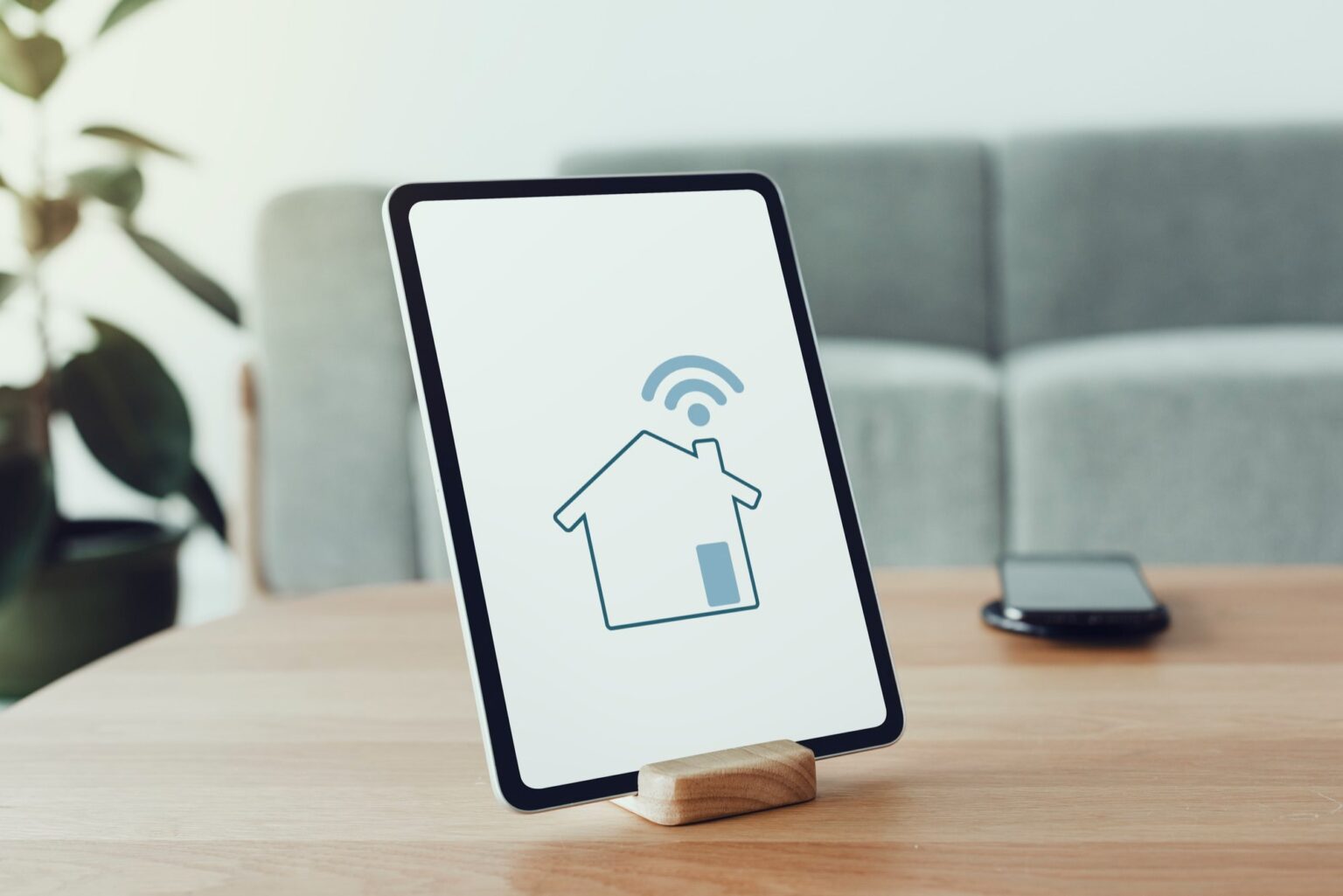IoT (Internet of Things) technology is transforming traditional homes into smart homes by creating intelligent and connected living spaces. Smart home devices and IoT-enabled systems enhance convenience, comfort, energy efficiency, and security for homeowners. Here’s how IoT is revolutionizing smart homes:
Home Automation: IoT devices such as smart thermostats, smart lighting systems, and smart appliances can be connected and controlled remotely through a central hub or smartphone app. Homeowners can automate routine tasks, such as adjusting the temperature, turning on/off lights, or managing home appliances, creating a personalized and convenient living environment.
Energy Management: IoT devices help optimize energy consumption in smart homes. Smart thermostats can learn homeowners’ preferences, adjust temperature settings based on occupancy, and optimize heating and cooling schedules. Smart lighting systems can automatically adjust brightness levels or turn off lights in unoccupied rooms. These energy-efficient practices help reduce energy waste and lower utility bills.
Security and Surveillance: IoT-enabled security systems provide advanced features for home security. Smart door locks, motion sensors, and security cameras can be connected to a central monitoring system or accessed remotely via smartphone apps. Homeowners can receive real-time alerts, monitor their home’s security, and even remotely control access to their property, enhancing peace of mind.
Smart Home Entertainment: IoT devices enhance the entertainment experience in smart homes. Connected speakers, smart TVs, and streaming devices can be controlled through voice commands or smartphone apps. Homeowners can access their favorite music, movies, and TV shows seamlessly, create personalized playlists, and even synchronize audio and video across multiple devices.
Health and Wellness Monitoring: IoT devices can monitor health and wellness parameters within the home. Wearable devices, smart scales, and connected health monitors can collect and analyze data on physical activity, sleep patterns, and vital signs. This information can be shared with healthcare professionals or used to track personal wellness goals.
Environmental Monitoring: IoT sensors can monitor environmental factors such as air quality, humidity levels, and carbon monoxide levels. This helps homeowners ensure a healthy and safe living environment. In case of abnormalities or hazardous conditions, alerts can be sent to homeowners’ devices, enabling them to take immediate action.
Voice Control and Personal Assistants: Voice-activated smart speakers and personal assistants, such as Amazon Echo with Alexa or Google Home with Google Assistant, provide voice control capabilities for various smart home devices. Homeowners can use voice commands to control lights, adjust temperatures, play music, and even perform online searches, adding convenience and hands-free control to their daily lives.
Integration and Interoperability: IoT platforms and protocols facilitate the integration of various smart home devices and systems, ensuring interoperability and seamless communication. This allows homeowners to create custom automation routines and set up interactions between different devices. For example, when a smart door lock is unlocked, it can trigger the lights to turn on automatically.
IoT technology is reshaping homes into smart and connected spaces, offering homeowners increased convenience, comfort, energy efficiency, security, and entertainment. As IoT continues to evolve, we can expect more innovative applications and further integration of devices, making smart homes even more sophisticated and user-friendly.



